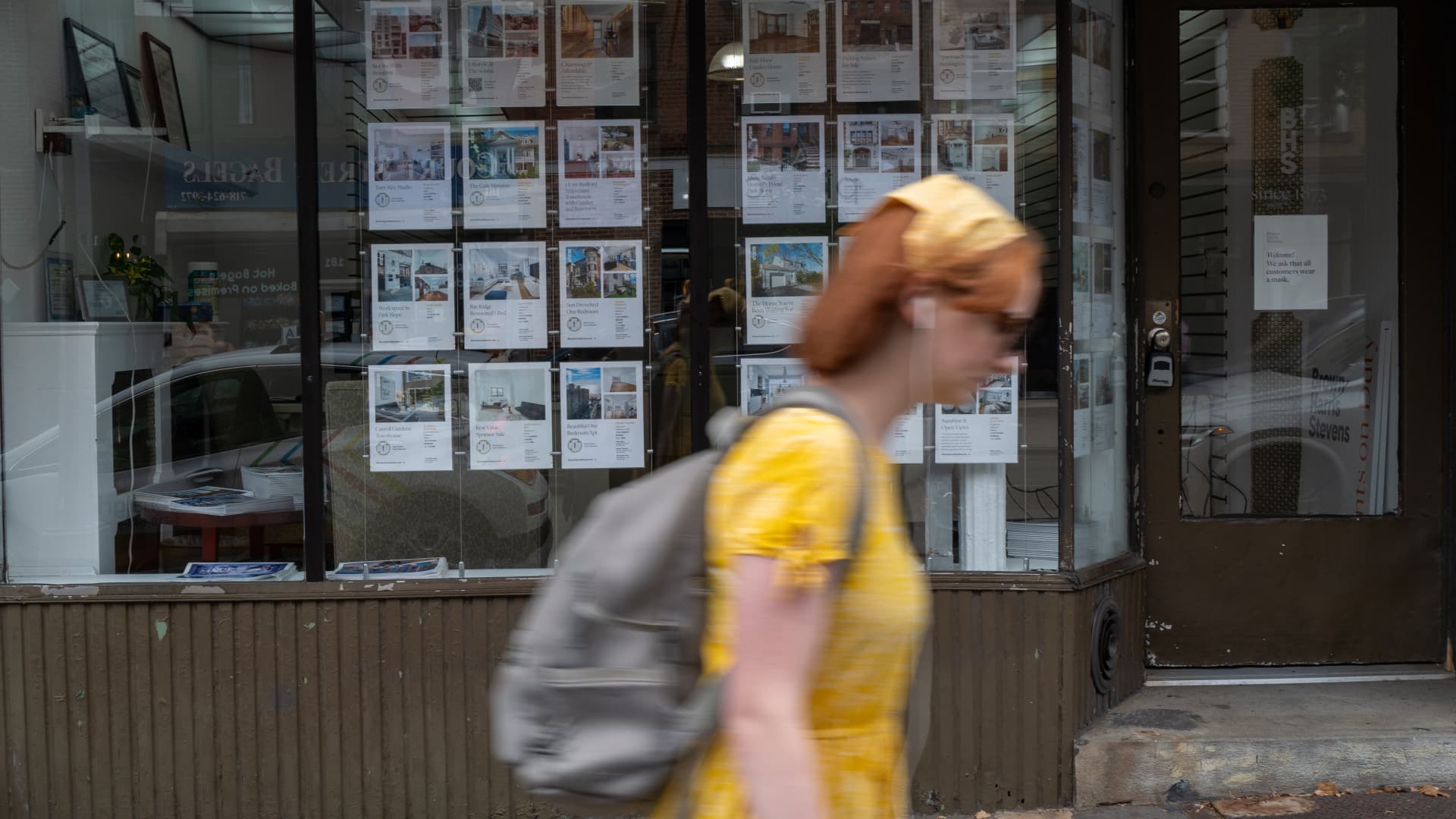These 10 metro areas are the most ‘rent burdened’ in the U.S. — New York City comes in at No. 1
2 min read
Spencer Platt | Getty Images News | Getty Images
New York is the most rent-burdened metro area in the U.S., according to a new report from Moody’s Analytics.
A household with the median income in the Big Apple would need to pay nearly 69% of earnings to rent the averaged-priced apartment there, the research division of the rating agency found.
Families who direct 30% or more of their income to housing typically are considered “rent burdened” by the U.S. Department of Housing and Urban Development, and “may have difficulty affording necessities such as food, clothing, transportation and medical care.”
More from Personal Finance:
Biden to revisit ‘billionaire minimum tax’ in State of the Union
Amid inflation, shoppers turn to dollar stores for groceries
Savers poised for big win in 2023 as inflation falls
To not be considered rent burdened in New York in the average apartment, a household would need to earn $177,000 or more a year, said Lu Chen and Mary Le, economists at Moody’s Analytics.
Rents can be disproportionately higher than incomes when “the location is highly desirable from a lifestyle or future income perspective,” Chen and Le wrote in an email. “Both of these are true for a place like New York City.”
Keeping rent under 30% is ‘increasingly unattainable’
For decades, people have been advised not to spend more than 30% of their gross income on housing, said Allia Mohamed, co-founder and CEO of Openigloo, which allows renters to review buildings and landlords across the U.S.
However, Mohamed said, “in high-rent cities, in particular, this parameter has become increasingly unattainable.”
Recognizing that problem, the Biden administration last month rolled out a blueprint for a renters’ bill of rights, which aims to add new tenant protections and curtail exorbitant rent increases in certain properties.
More than 44 million households, or roughly 35% of the U.S. population, live in rental housing, according to the White House.
“Renters should have access to housing that is safe, decent and affordable and should pay no more than 30% of household income on housing costs,” the blueprint reads.







